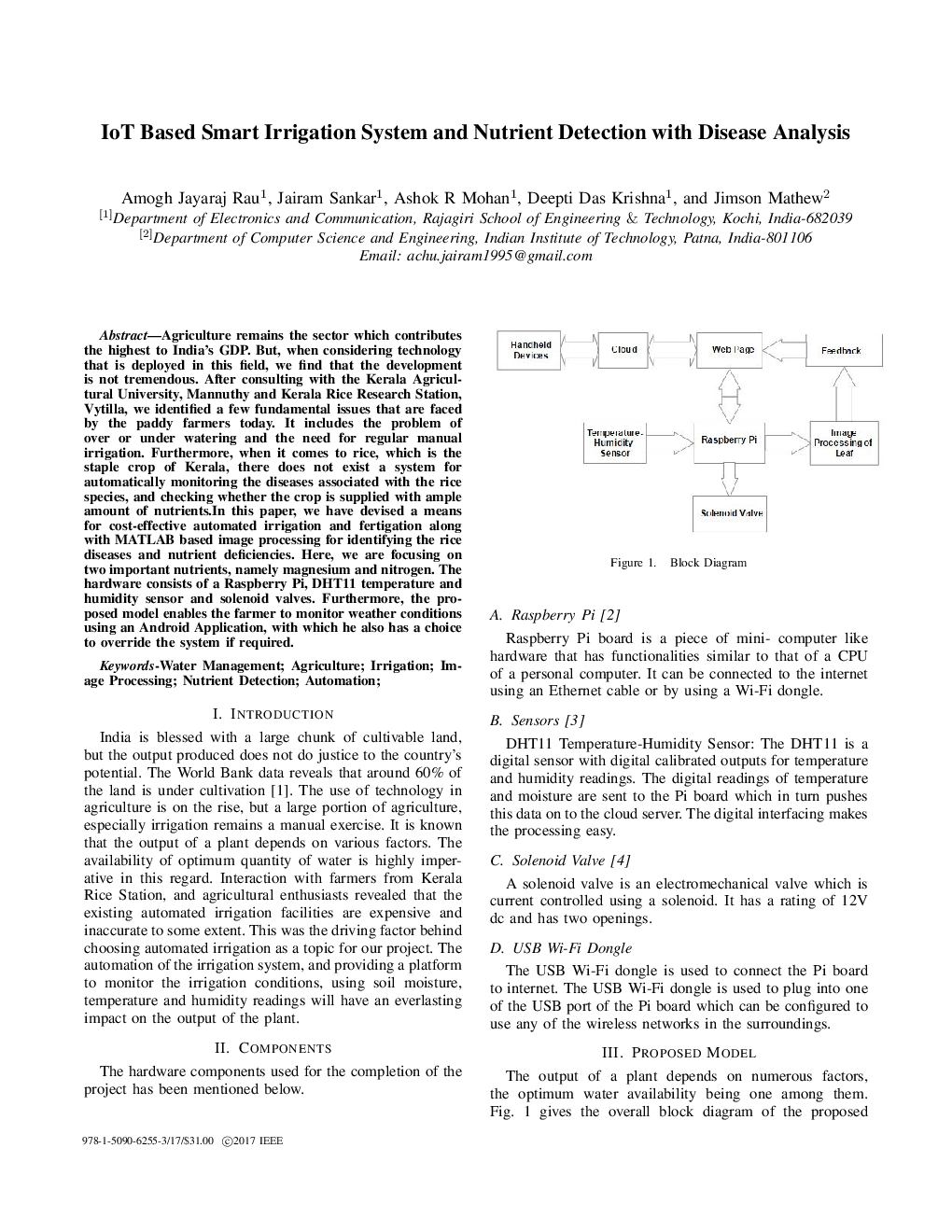| Article ID | Journal | Published Year | Pages | File Type |
|---|---|---|---|---|
| 7484995 | Journal of Transport Geography | 2018 | 4 Pages |
Abstract
The link between street environment and pedestrian route choices remains a relatively understudied research topic, mainly due to the difficulty in collecting data. This research develops and tests the construct validity of a virtual audit tool of the street environment for route choice analysis of pedestrians with an aim to ease the burden of data collection process, while maintaining the quality of data. The research collected walking routes data from 178 individuals in Brisbane, Australia. Participants were asked to indicate the reasons for their chosen routes in a 16-item question measured on a 3-point Likert scale. Their responses as well as the literature inform the development of the tool (content validity), which contained 22 indicators that potentially influence route choice. The tool was applied to collect street environment data virtually using Google Street View for each street segment of the routes taken. The tool was also used to collect street environment data physically for 47 randomly selected street segments from all the segments forming the routes. The construct validity was tested by comparing indicator level scores between virtual and physical surveys using three statistical measures-i.e., % agreement, Kappa Coefficient, Intraclass Correlation Coefficient. The results show that 90% of street environment indicators have an acceptable level of agreement, which justifies that the tool can validly be used to collect street environment data for route choice analysis. The methodological implication of this study is that scholars and local planners can use the tool to collect street environment data efficiently, effectively, and free of charge by using Google Street View.
Related Topics
Life Sciences
Environmental Science
Environmental Science (General)
Authors
Farjana Shatu, Tan Yigitcanlar,
